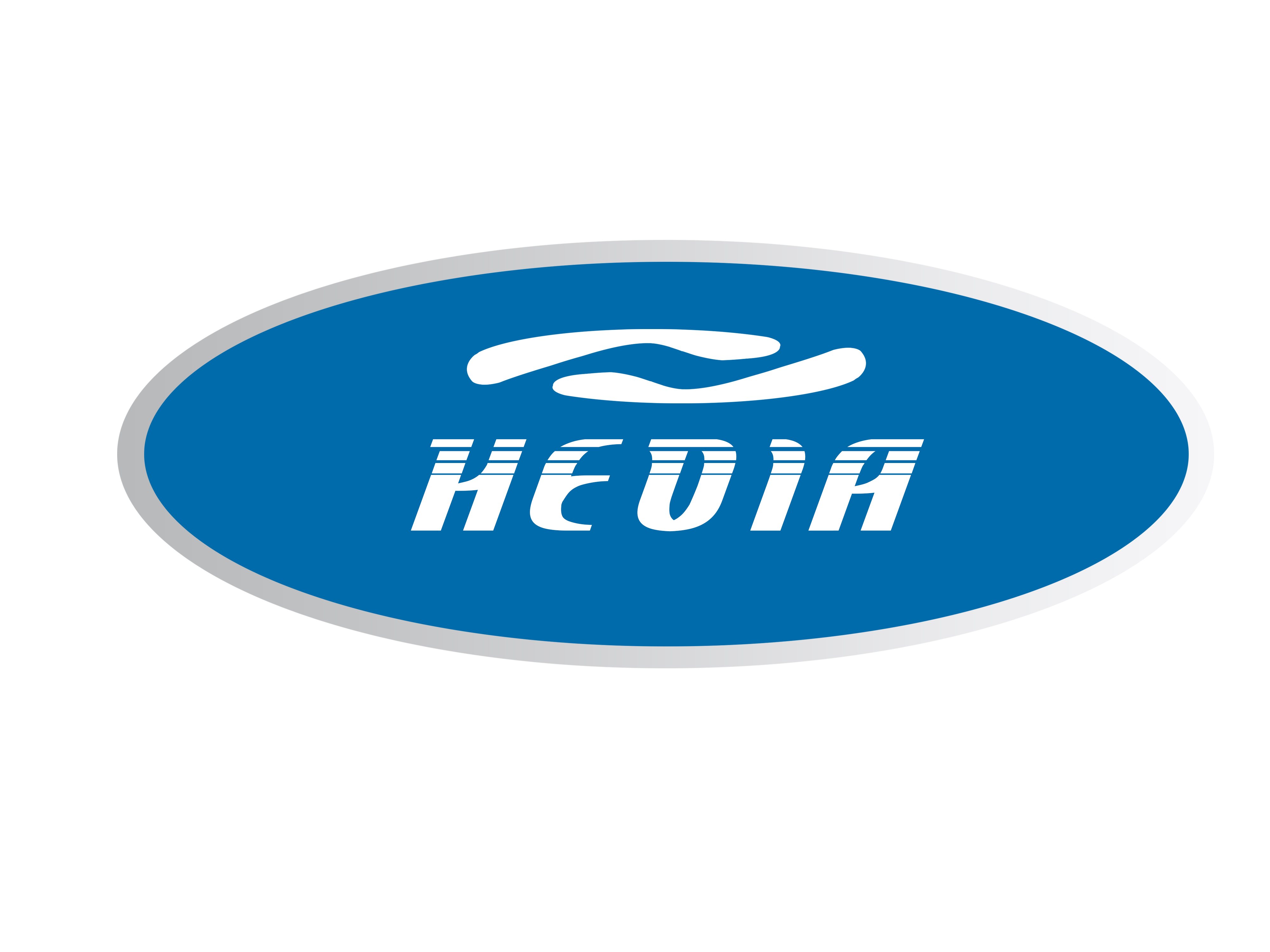Why RIB Boats Are Expensive—and Why They’re Worth It
Learn what drives the price of a rib boat—materials, engineering, safety, customization, certification, and 5-year total cost of ownership—from RIB boat manufacturer Hedia Boat.

Rigid Inflatable Boats (RIBs) often carry a higher sticker price than conventional boats. The reason isn’t marketing—it’s engineering, materials, and lifecycle value. Below is a transparent breakdown of the cost drivers and how a high-quality aluminum rib boat from a specialist RIB boat manufacturer like Hedia boat converts “expensive” into measurable return over five years.
1) Two structures, one hull form: why the architecture costs more
A RIB combines a rigid, hydrodynamic hull with an inflatable collar. You are paying for two distinct systems that work together:
• Rigid hull for lift, tracking, deadrise, and spray control at speed.
• Inflatable collar for reserve buoyancy, impact absorption, and secondary stability.
That dual architecture is why a RIB rides “bigger than its length,” stays drier in chop, and remains controllable at higher speeds—capabilities professional users demand and discerning leisure owners value.
2) Materials that shift TCO, not just MSRP
• Marine-grade aluminum hulls: superior strength-to-weight, dent-don’t-shatter behavior, corrosion management when properly isolated, and simpler repairability than fiberglass. Lighter weight reduces fuel burn, tow vehicle strain, and launch effort.
• Tube fabrics and seams: Premium CSM/Hypalon resists UV and heat; high-spec PVC offers weight and cost advantages in cooler climates. Thermo-welded seams and multi-chamber baffling cost more up front but extend service life and safety margins.
These choices increase the build cost now and reduce operating/repair costs later—shaping total cost of ownership (TCO).
3) Manufacturing you don’t see—but you feel on the water
Quality RIBs are labor-intensive: jig-built hulls, precision welding, post-weld treatments, tube patterning and baffle design, drainage planning, rigging looms, shock-mitigating seating, and quality control. The result is the quiet, planted, low-slap ride at 25–35 knots that cheaper boats simply cannot reproduce.
4) Performance safety is a line item
The RIB formula delivers high static and dynamic stability, softer re-entries, and predictable handling when the sea gets messy. That reduces risk, cancellations, and fatigue. Safety isn’t free; it’s designed, tested, and paid for.
5) Low-volume customization raises value—and unit cost
RIBs are frequently mission-built: fishing layouts, dive doors, T-tops, electronics arches, shock seats, EVA decking, long-range tanks, branded tubes. Low-volume customization increases per-unit cost but yields better utility for end users and stronger differentiation and margin for dealers.
6) Compliance and documentation
CE/ISO conformity, flotation and stability documentation, electrical standards, and traceable materials add engineering hours and testing fees. Compliance is invisible in a photo, essential in real life, and priced into premium builds.
7) Depreciation curves favor well-spec’d aluminum RIBs
Because they stay structurally sound and cosmetically clean, quality aluminum rib boat models retain value better than generic alternatives. Depreciation dominates ownership cost; preserving 8–12 percentage points over five years can outweigh small differences in purchase price.
8) The hidden costs of “cheap”
Lower-cost imports often save money by cutting tube fabric quality, seam methods, wiring protection, deck drainage, hardware spec, and weld prep. Those savings reappear later as downtime, water ingress, electrical gremlins, and resale pain. Paying for the right spec is paying to avoid those costs.
⸻
Quick checklist before you buy a RIB
• Real deadrise at transom and weight distribution
• Tube diameter, number of chambers, and valve quality
• Fabric type (CSM/Hypalon vs high-spec PVC) and seam method
• Fuel capacity and realistic cruise range
• Console ergonomics and sightlines standing/sitting
• Drainage plan and wiring protection
• Trailer weight and tow vehicle limits
• Post-sale support and parts availability
⸻
Why Hedia Boat
As a specialized RIB boat manufacturer, Hedia boat builds CE-ready aluminum RIBs with precision welding, mission-fit layouts, and brandable tubes. We focus on ride quality, lifecycle cost, and resale value—so your boat performs like new for longer and sells for more when you upgrade.
⸻
FAQ
Q1: Are rib boats safer than conventional boats of the same length?
Yes. The inflatable collar adds reserve buoyancy and secondary stability, and the rigid hull keeps handling predictable at speed.
Q2: Why choose an aluminum rib boat over fiberglass?
Aluminum offers better strength-to-weight, simpler repairs, and improved durability in hard use. It also helps reduce fuel burn and trailer weight.
Q3: Do RIB tubes wear out quickly?
Not when correctly specified. Premium fabrics and welded seams deliver long service life; periodic pressure checks and rinsing extend it further.
Q4: What customization adds the most value?
Mission-fit layouts (e.g., dive access, fishing storage), shock seating, and electronics integration typically deliver the biggest usability gains and resale lift.
⸻
Bonus: 5-Year TCO Calculator
Compare aluminum vs fiberglass RIB ownership over five years (purchase, fuel, maintenance, insurance, storage, resale). Adjust inputs to match your market and usage.
Download: Hedia_RIB_5yr_TCO.xlsx


